In February 2012, I was among the judges invited to compile a shortlist for ‘Ireland’s Favourite Painting.’ The winner, chosen by public vote, was Hellelil and Hildebrand, the Meeting on the Turret Stairs (1864) by the now little-known artist Frederic William Burton (1816–1900). According to a medieval Danish ballad, Hellelil was a princess who fell in love with her bodyguard Hildebrand. Learning of the liaison her father dispatched his seven sons to kill their sister’s paramour. Somehow Hildebrand managed to cut down six of the brothers before Hellelil intervened to save her last sibling, but her lover subsequently died of his wounds and she soon after of a broken heart.
Burton avoids melodrama by focusing attention, as his picture’s subtitle indicates, on a moment when the two central characters inadvertently pass each other on a staircase. George Eliot, a friend and admirer of the painter, noted at the time, ‘The subject might have been made the most vulgar thing in the world – the artist has raised it to the highest pitch of refined emotion.’ A superlatively executed chalk drawing of Eliot features in the exhibition ‘Frederic William Burton: For the Love of Art’ at the National Gallery of Ireland and testifies to Burton’s outstanding draughtsmanship.
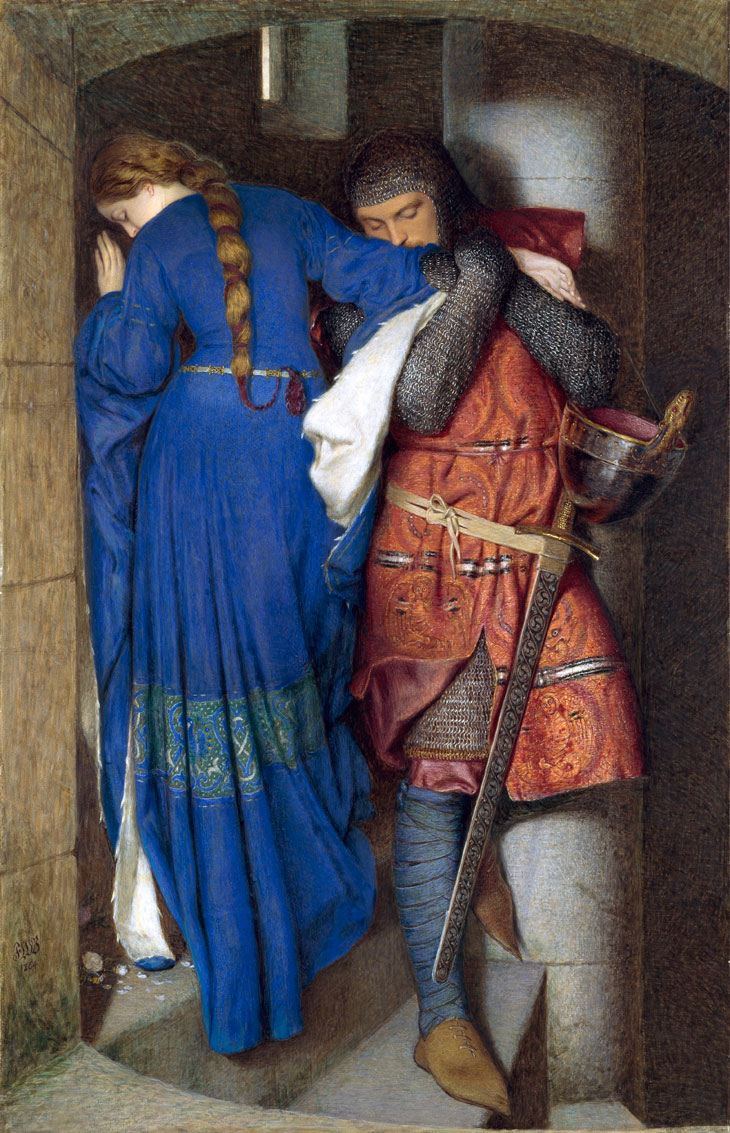
Hellelil and Hildebrand, the Meeting on the Turret Stairs (1864), Frederic William Burton. National Gallery of Ireland, Dublin
This revealed itself early. Born into a family of landed gentry in 1816, Burton grew up on an estate in County Clare which, he would later remember, exuded ‘a mysterious beauty.’ As a boy, in addition to delicate health, he suffered some unexplained injury to his right arm, leaving him obliged to use his left hand. On the basis of the work featured, and the success of his career, this potential handicap seems not overly to have troubled him (although a photograph taken late in life shows him firmly concealing his right hand with the left). More interestingly, Burton’s preferred medium was always watercolour, even for large pictures: a portrait of Mrs George Smith, dated to 1873, for example, measures more than a metre wide.
The choice of watercolour may help to explain why Burton is now relatively little remembered. In order to preserve its freshness and prevent fading, Hellelil and Hildebrand is customarily on display for just one hour, four days a week. Burton produced no large-scale public work, unlike his fellow-Irishman and near contemporary Daniel Maclise, whose murals in the Royal Gallery of the Houses of Parliament are about to undergo restoration. He did, however, exhibit his pictures for more than four decades, beginning in 1832 when at the age of 16 he showed Abraham on his journey to sacrifice Isaac at the Royal Irish Academy, to which he was appointed a full member just seven years later. By this time, he had begun to explore the more remote areas of Ireland’s west coast, often accompanied by antiquarian and topographical artist George Petrie. Burton’s pictures from this period indicate a deep engagement with landscape and anticipate by more than half a century similar views by watercolourists like Percy French. At the same time, the first evidence of his inherent sentimentality also becomes apparent. Watercolours such as A Blind Girl at a Holy Well (1840) and The Aran Fisherman’s Drowned Child (1841) are flagrantly intended to exploit the viewer’s emotions and recall Oscar Wilde’s quip ‘One must have a heart of stone to read the death of Little Nell without laughing.’
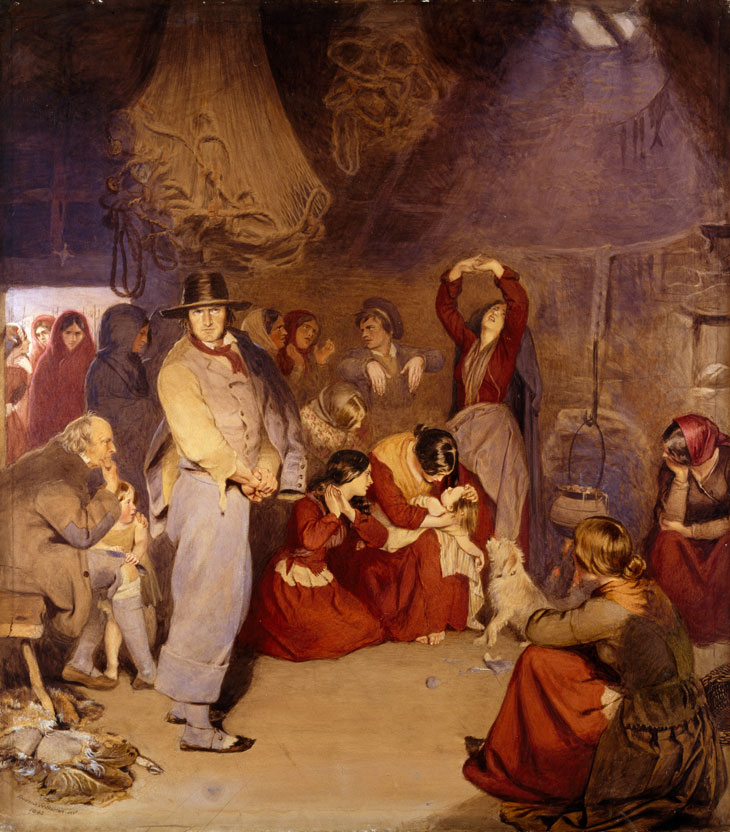
The Aran Fisherman’s Drowned Child (1841), Frederic William Burton. Photo © National Gallery of Ireland
An inclination towards mawkishness was likely exacerbated in the 1840s when Burton spent several extended periods in Germany. Although the exhibition and accompanying catalogue focus more on links with the Pre- Raphaelite movement, the slightly earlier Nazarene school had a perceptible impact on him. Oval portraits of his brother and sister-in-law recall the work of Adam Buck (who died in 1833, the year Burton painted this pair) but thereafter the tone becomes sweeter and less candid – especially when he painted women and girls. Burton’s last picture, A Venetian Courtesan (1873–74), seems intended to evoke Titian and Giorgione but lacks the robustness of their work: one cannot conceive this Victorian miss offering her services for money.
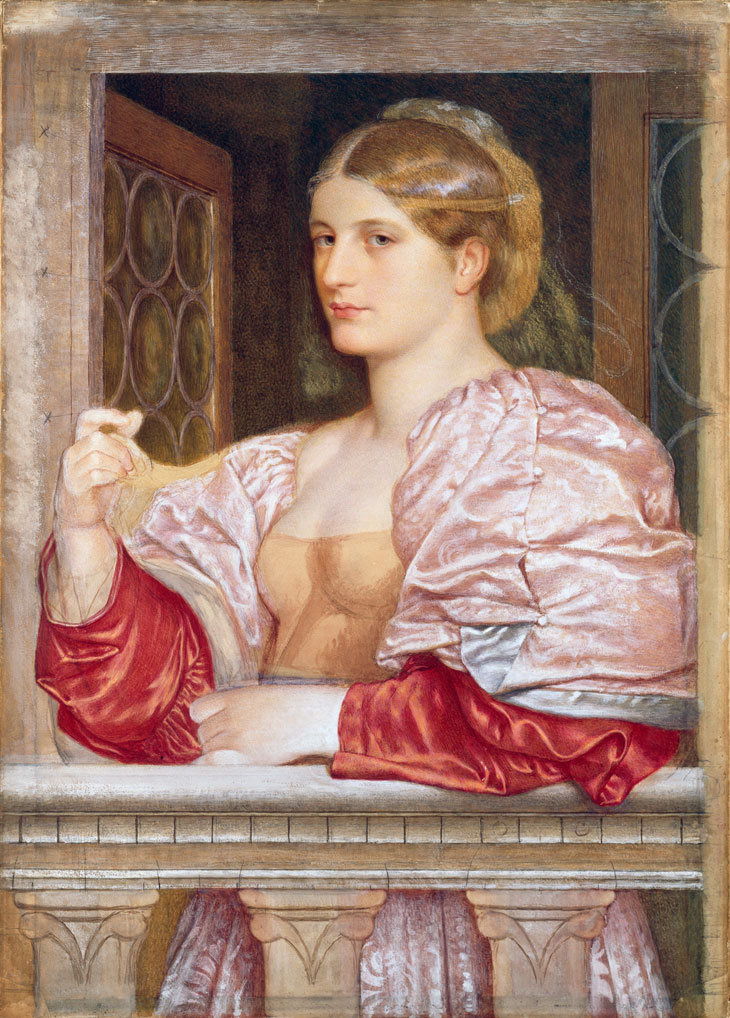
A Venetian Courtesan (1873–74), Frederic William Burton. Photo © National Gallery of Ireland
A Venetian Courtesan was never quite finished; by the time Burton embarked on the painting his eyesight was beginning to cause trouble. Conveniently the prime minister, Gladstone, then invited him to become director of the National Gallery in London where he had moved in the late 1850s. He was to occupy the position for 20 years overseeing two extensions to the building and many important acquisitions, including Holbein’s The Ambassadors, Leonardo’s Virgin of the Rocks, and Raphael’s Ansidei Madonna. The National Gallery of Ireland exhibition concludes with a consideration of his time as an official, but real interest lies in the first rooms where Burton’s youthful talent and technical abilities are best seen. Burton might have been responsible for ‘Ireland’s Favourite Painting’, but what the show ultimately demonstrates is that while this artist manifests the taste of his era, he does not necessarily reflect that of our own.
‘Frederic William Burton: For the Love of Art’ is at the National Gallery of Ireland, Dublin, until 14 January.
From the January 2018 issue of Apollo: preview and subscribe here.
Unlimited access from just $16 every 3 months
Subscribe to get unlimited and exclusive access to the top art stories, interviews and exhibition reviews.

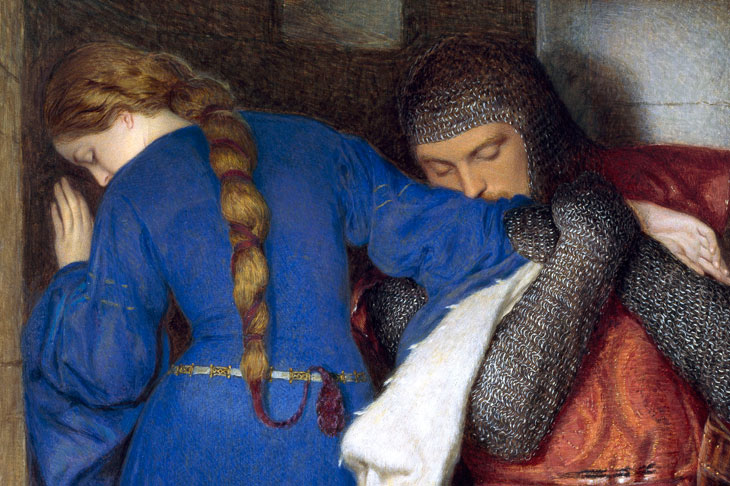
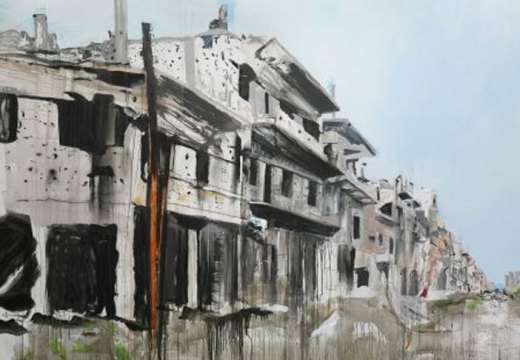
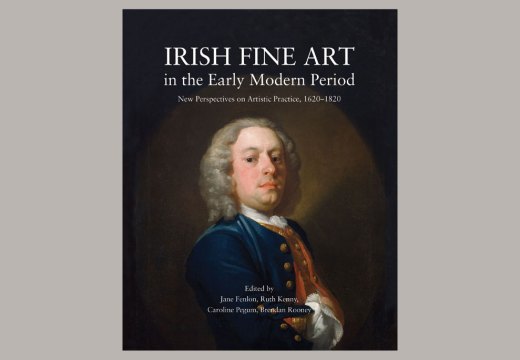
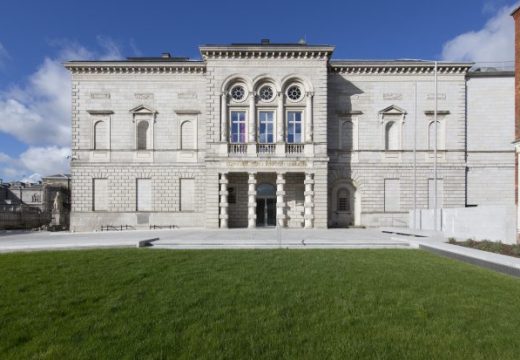









![Masterpiece [Re]discovery 2022. Photo: Ben Fisher Photography, courtesy of Masterpiece London](http://www.apollo-magazine.com/wp-content/uploads/2022/07/MPL2022_4263.jpg)
Why are fathers so absent from art history?